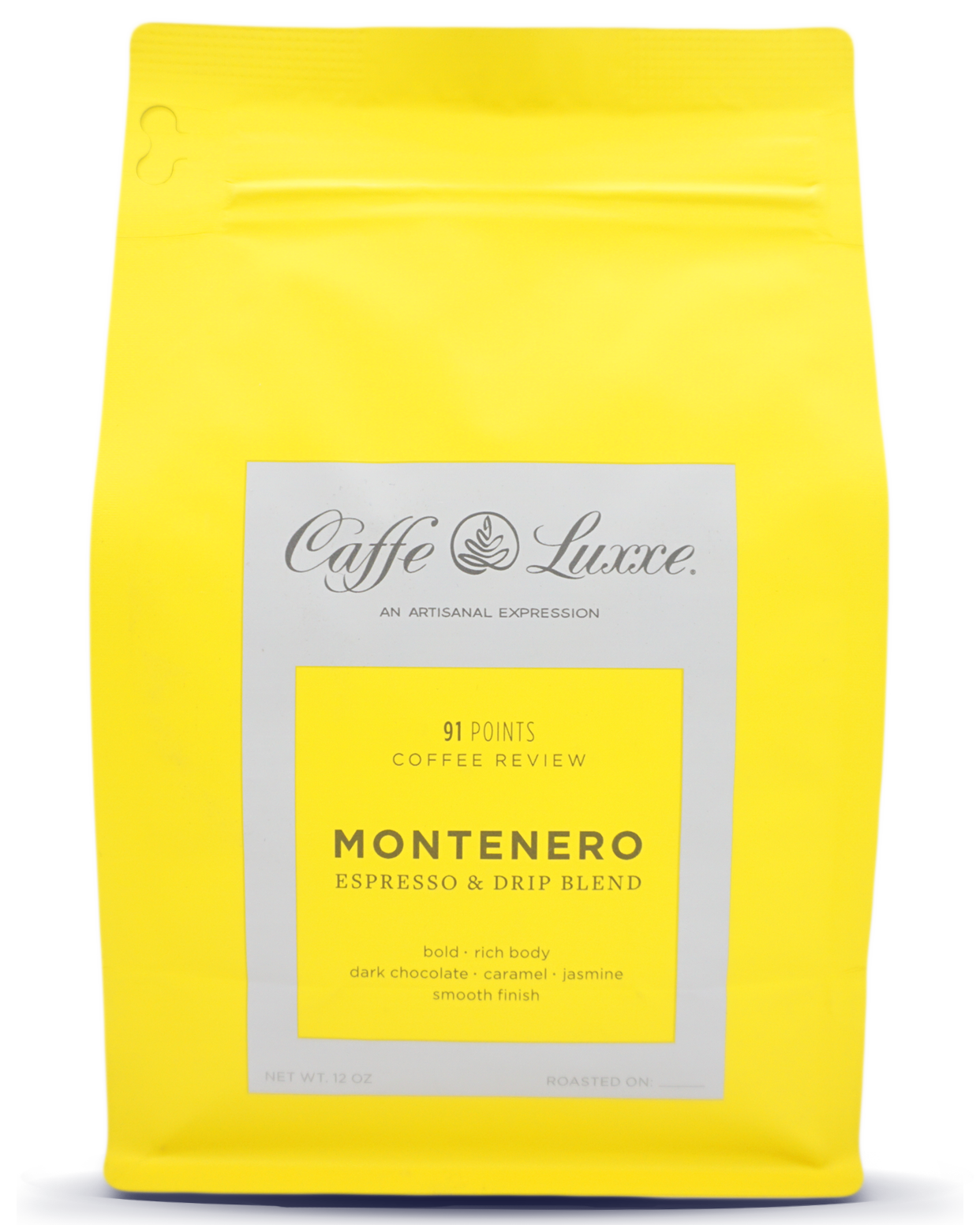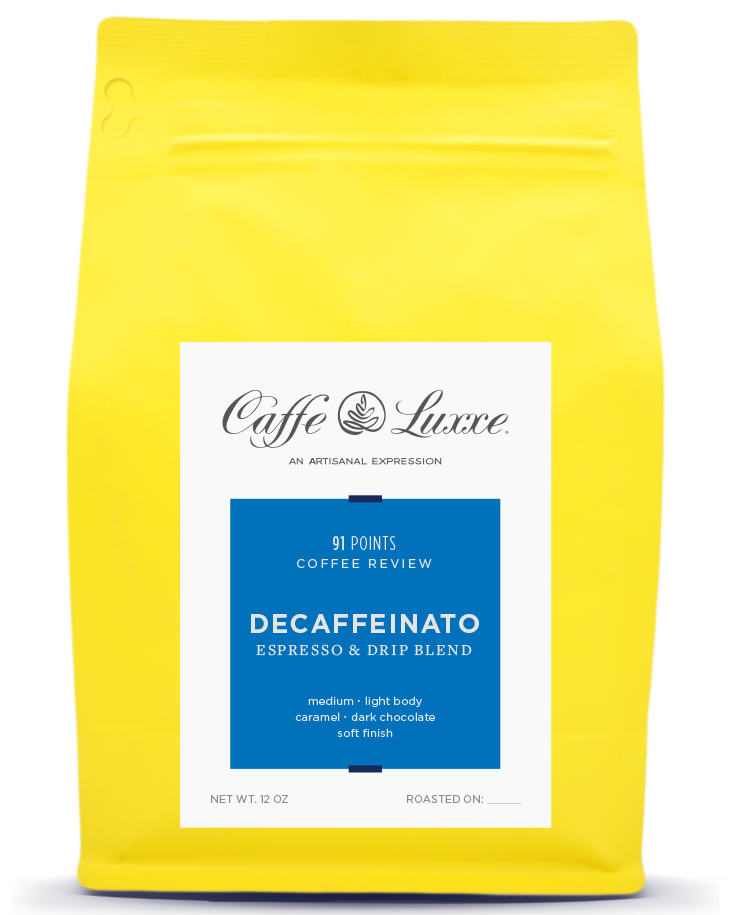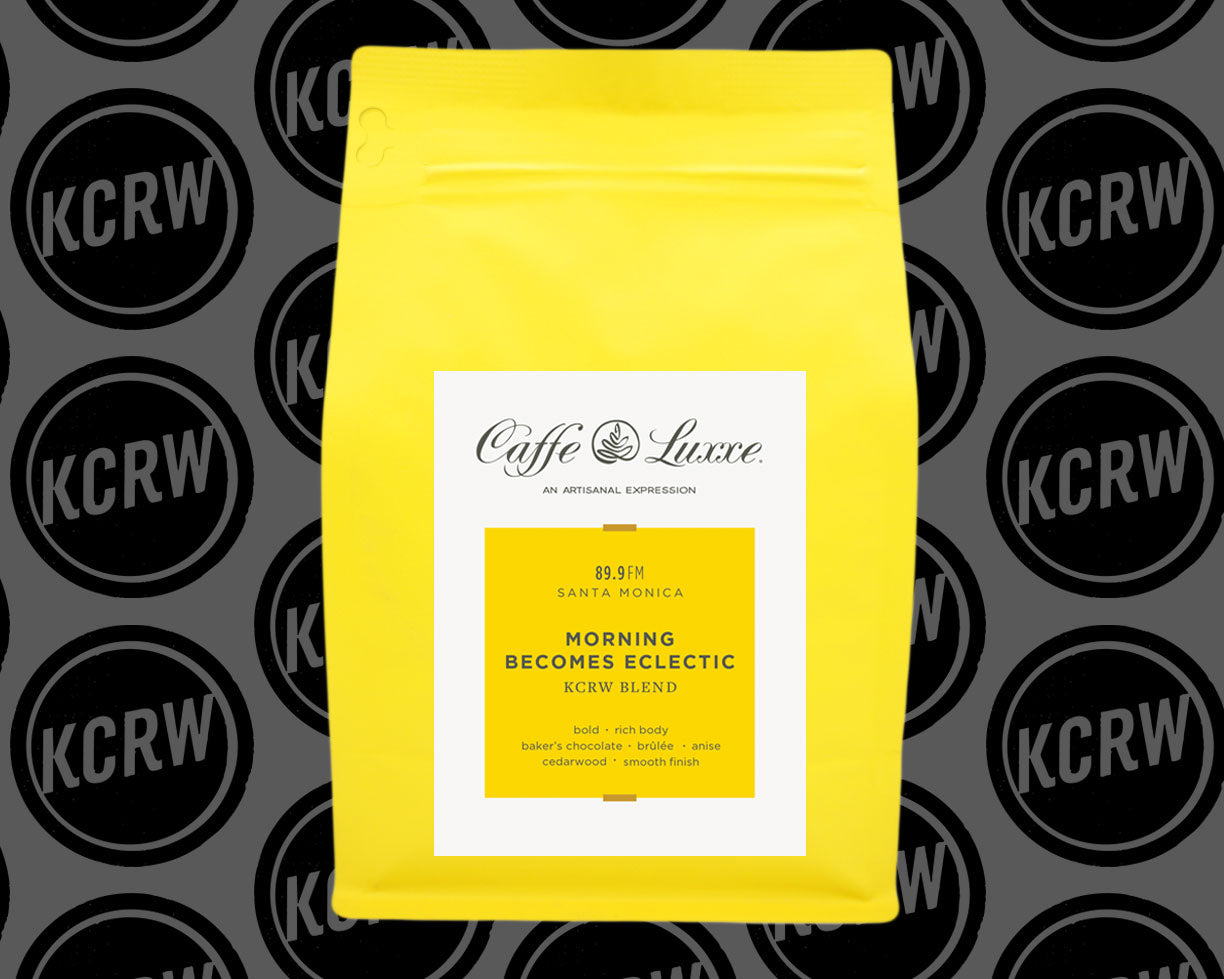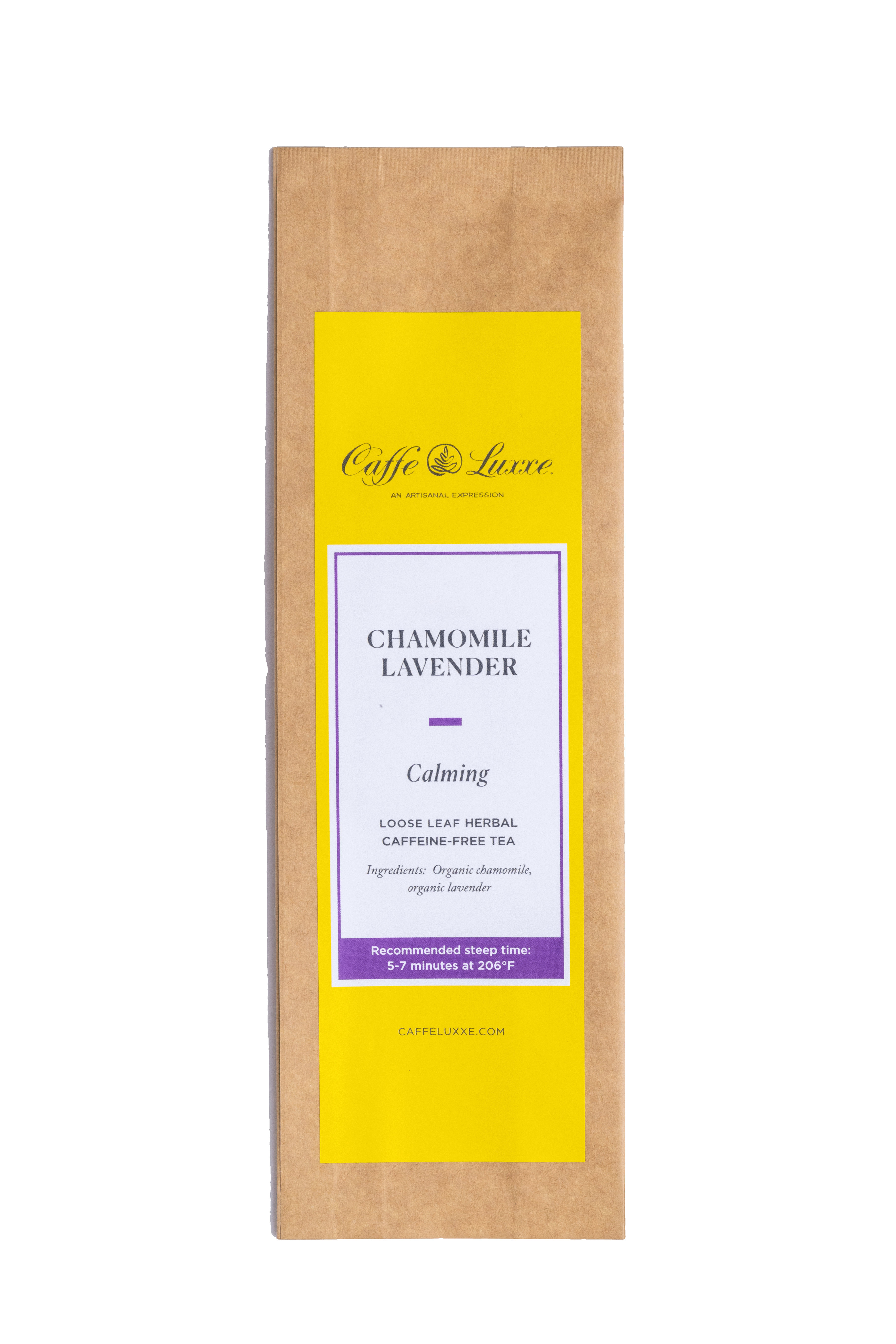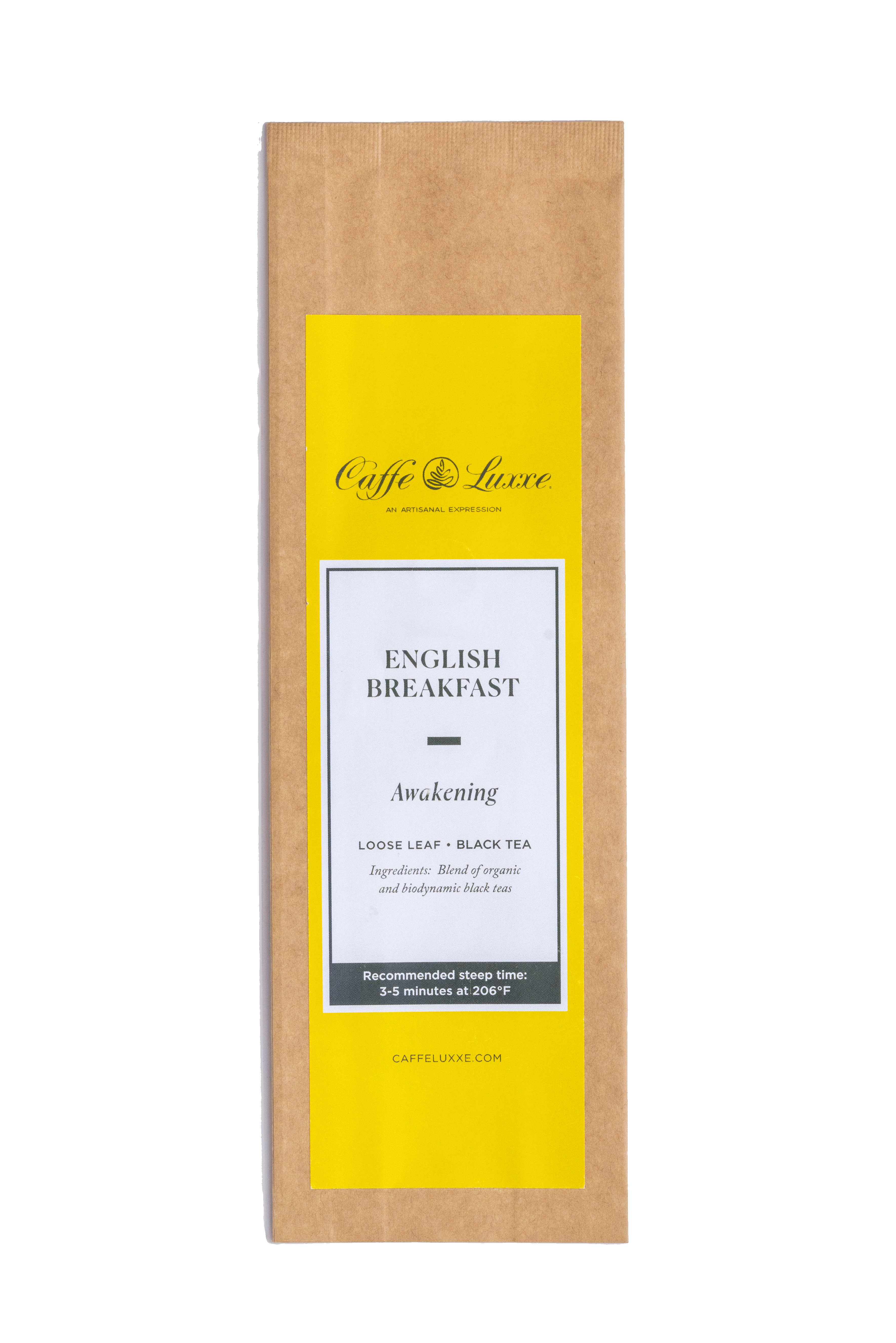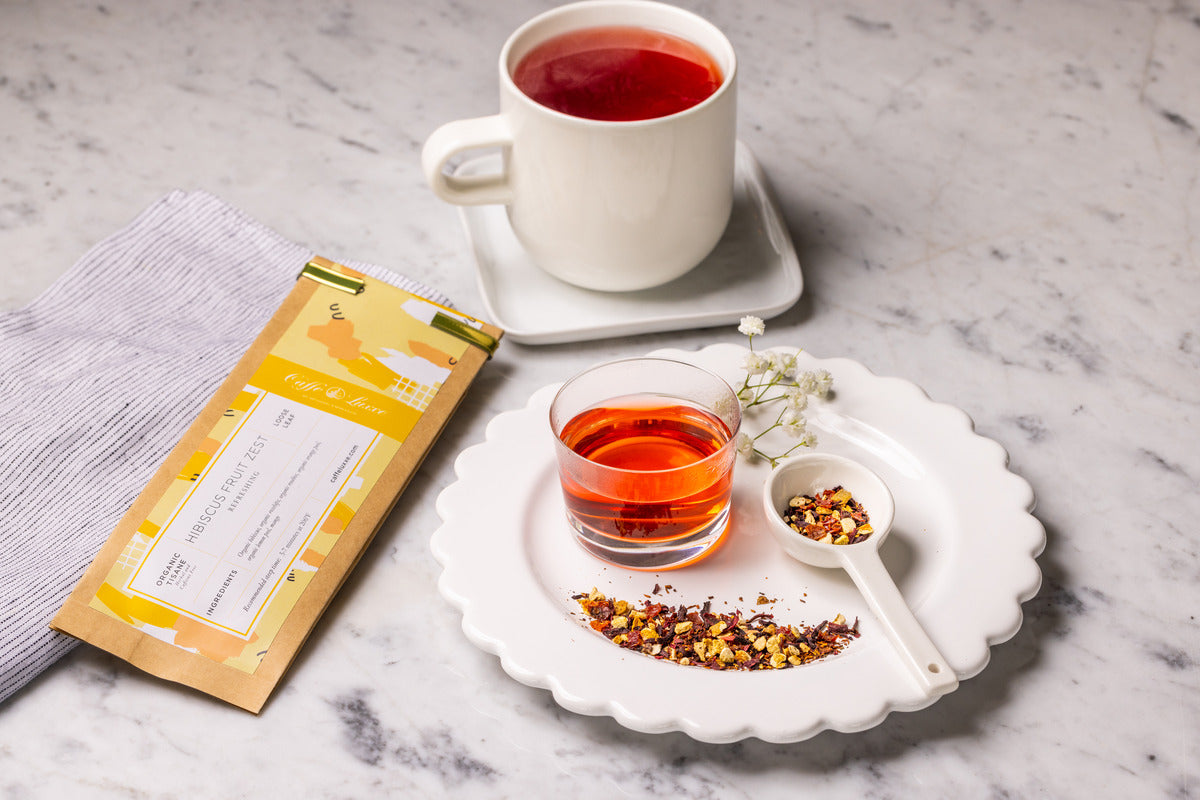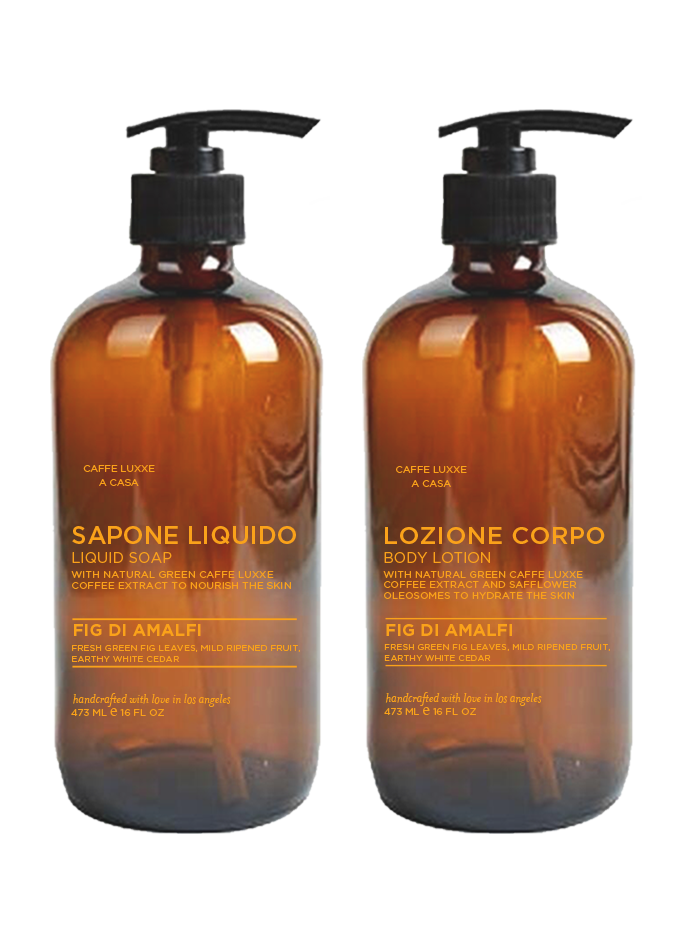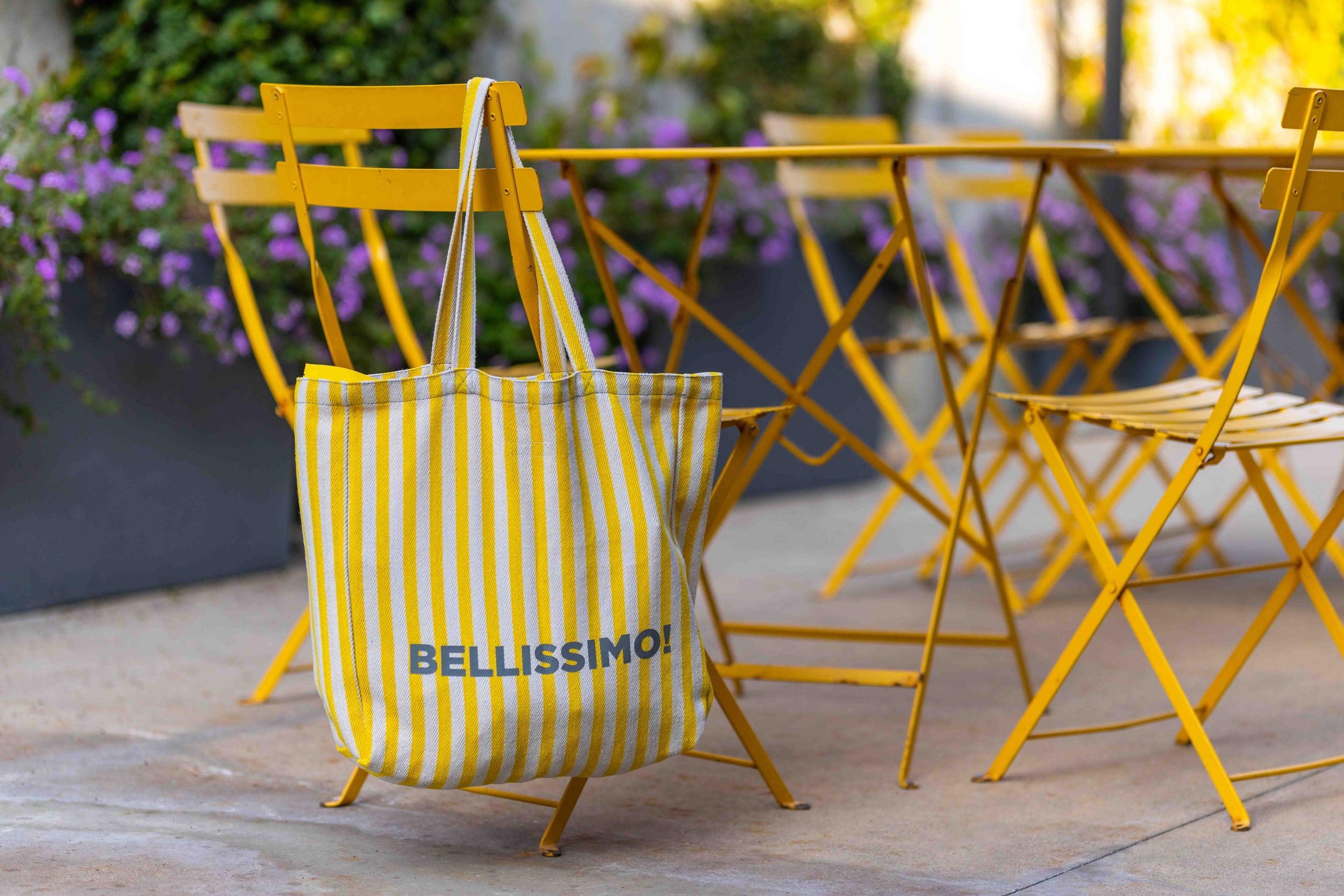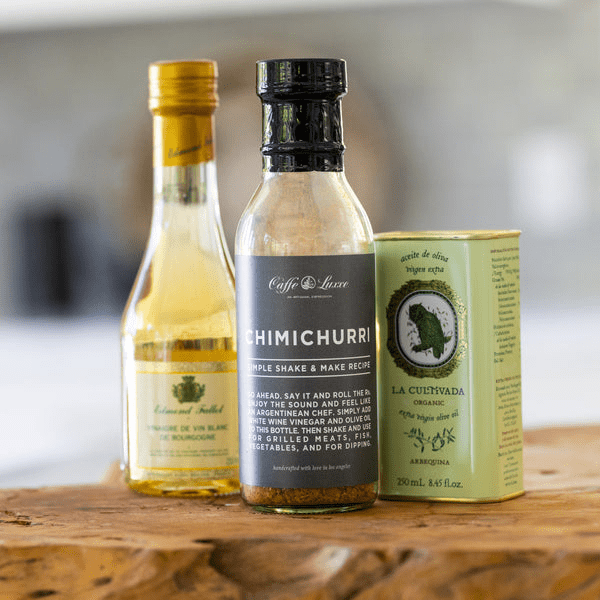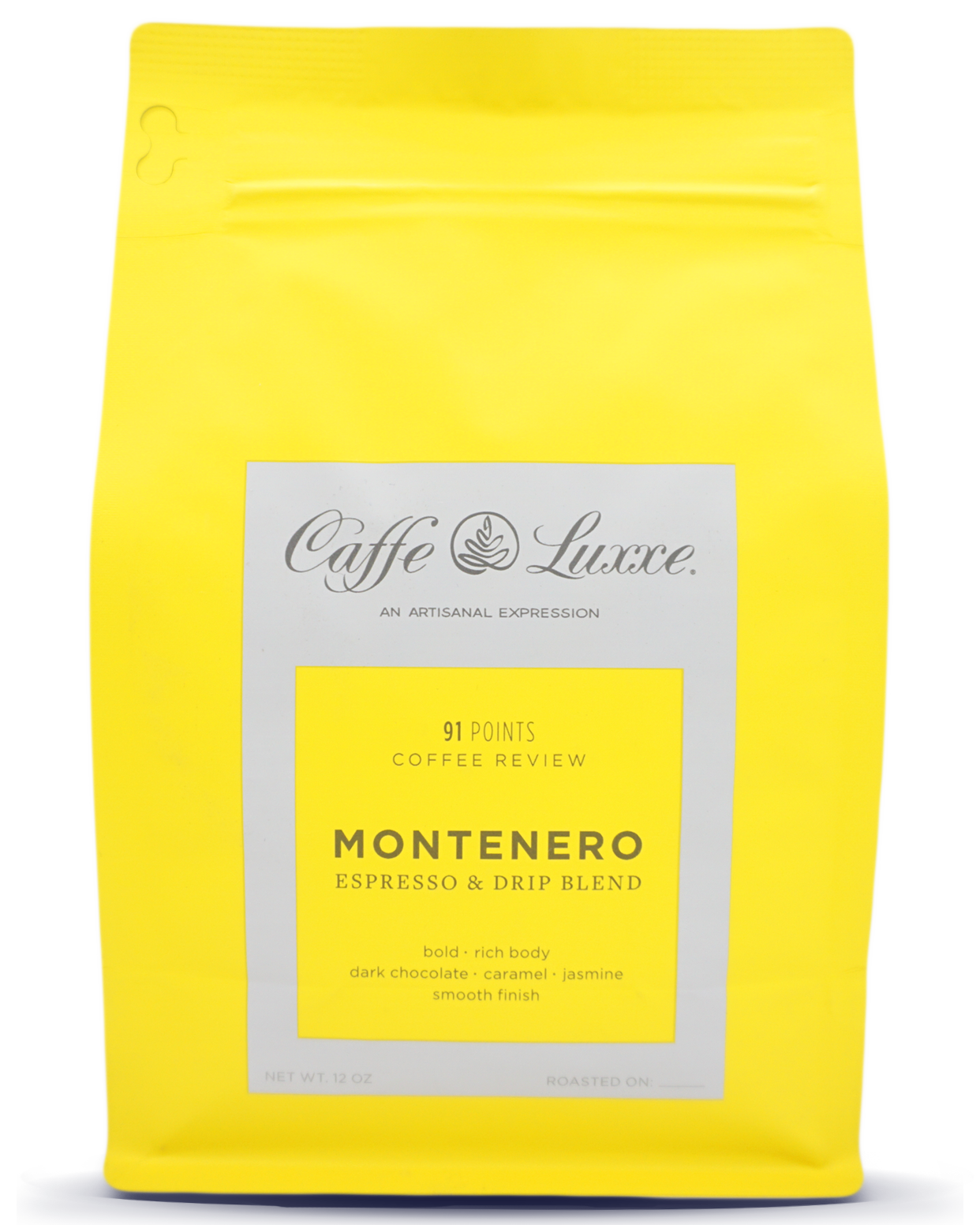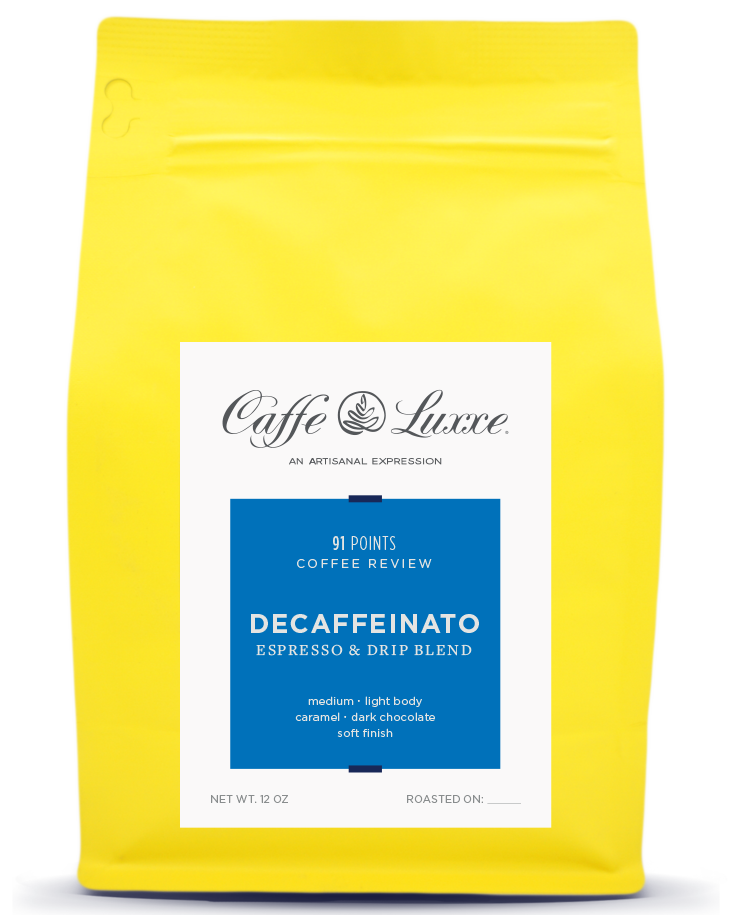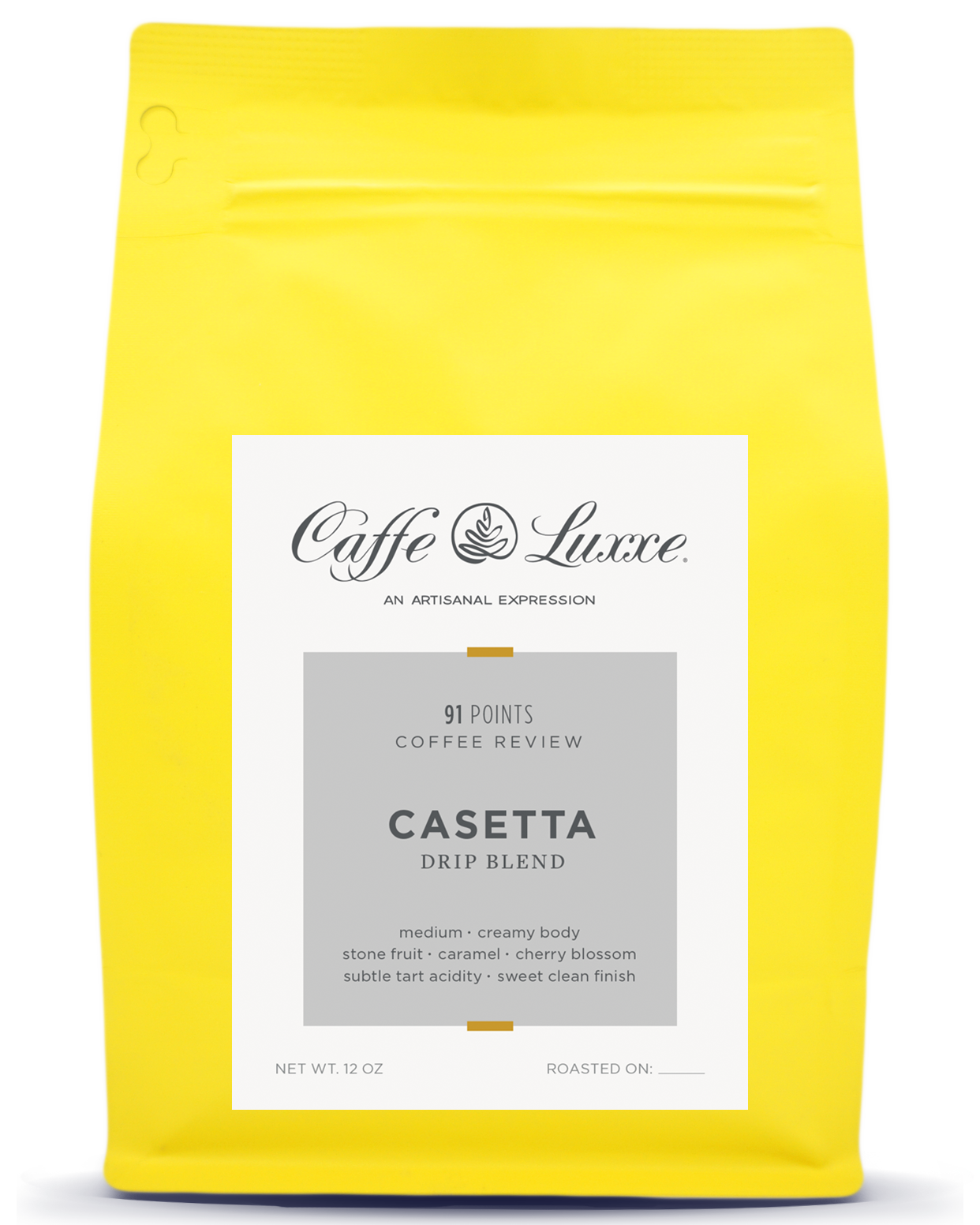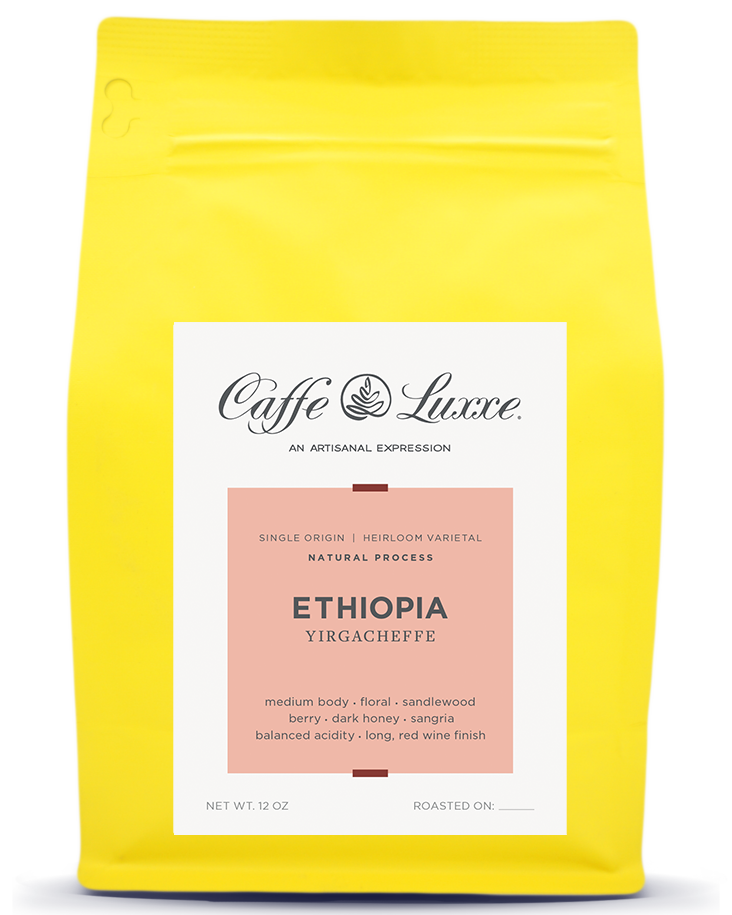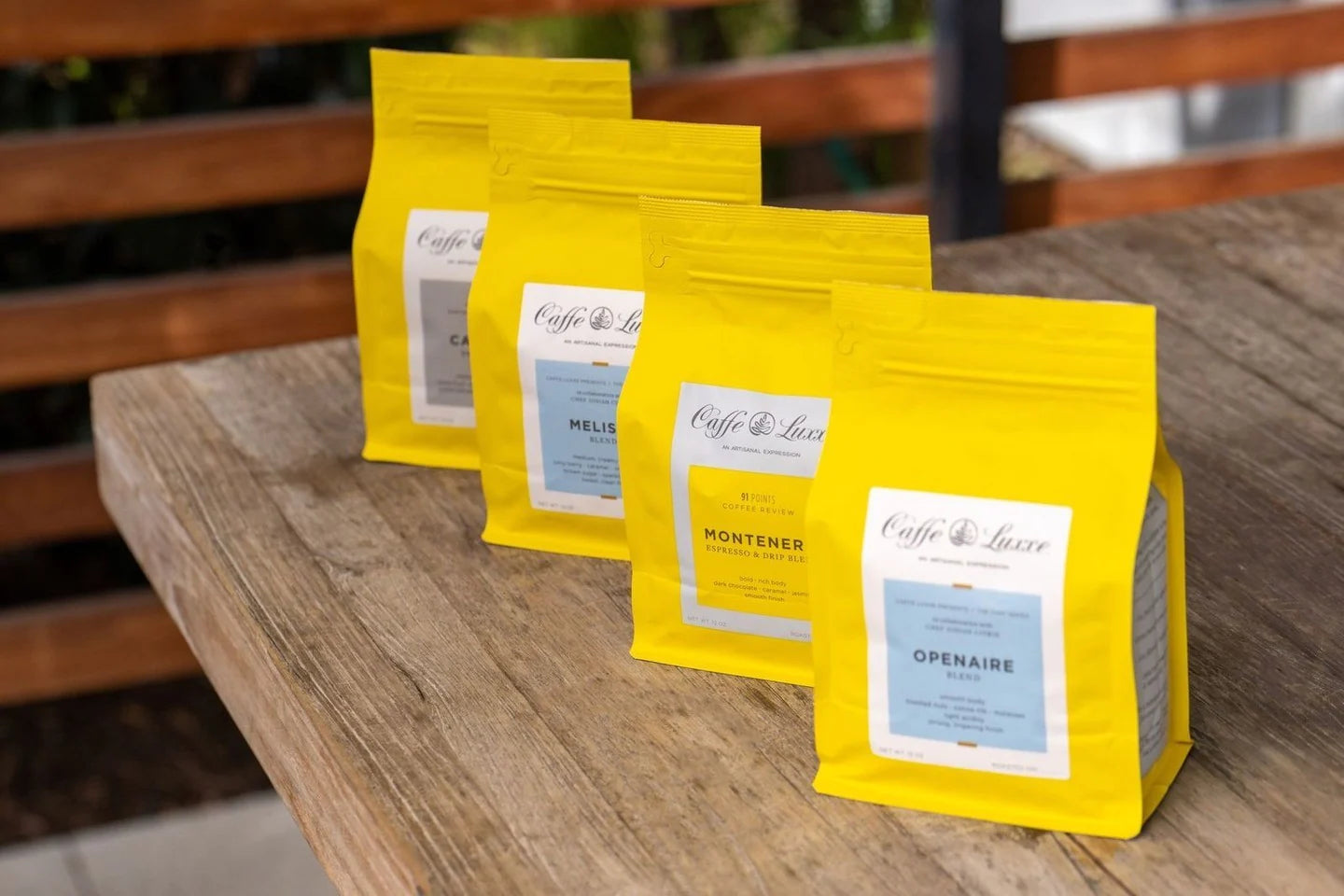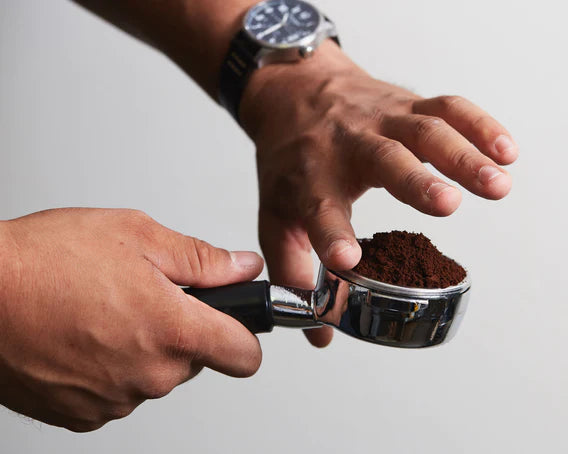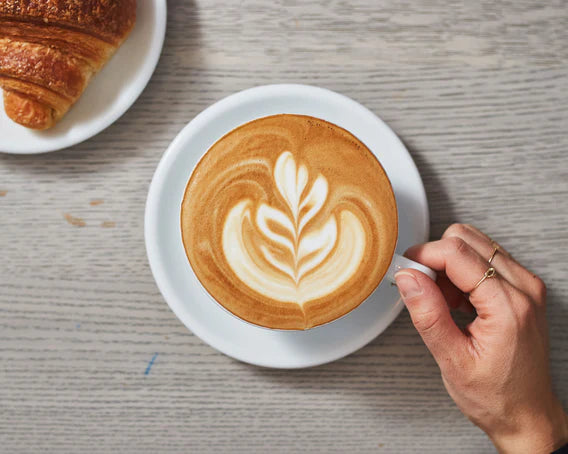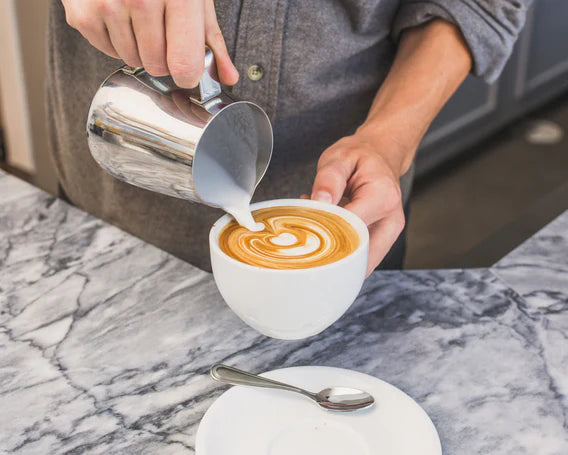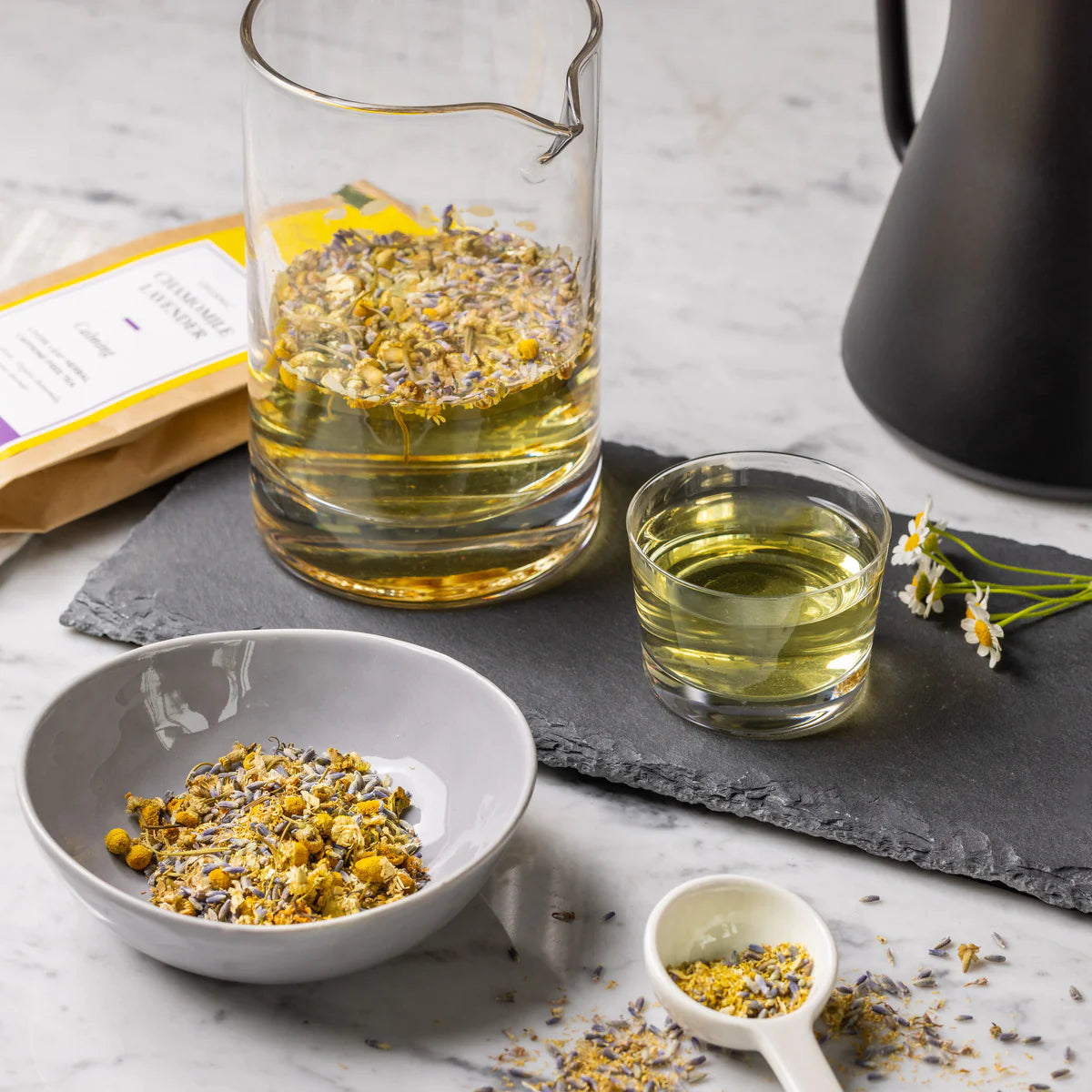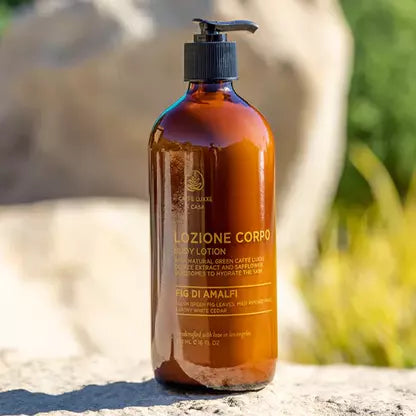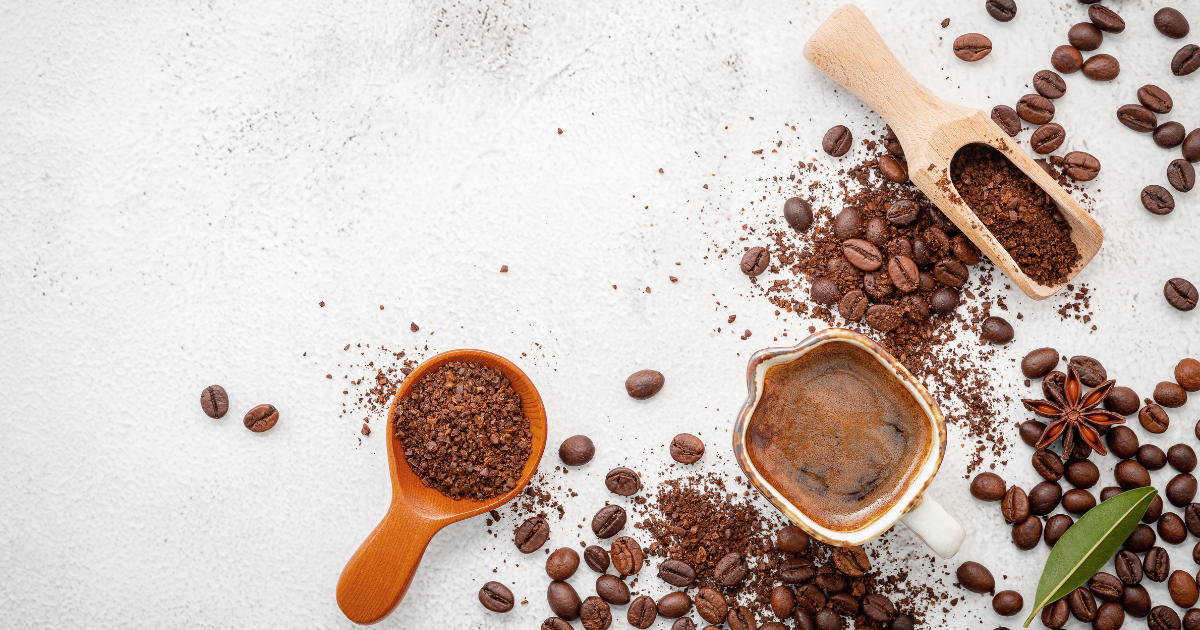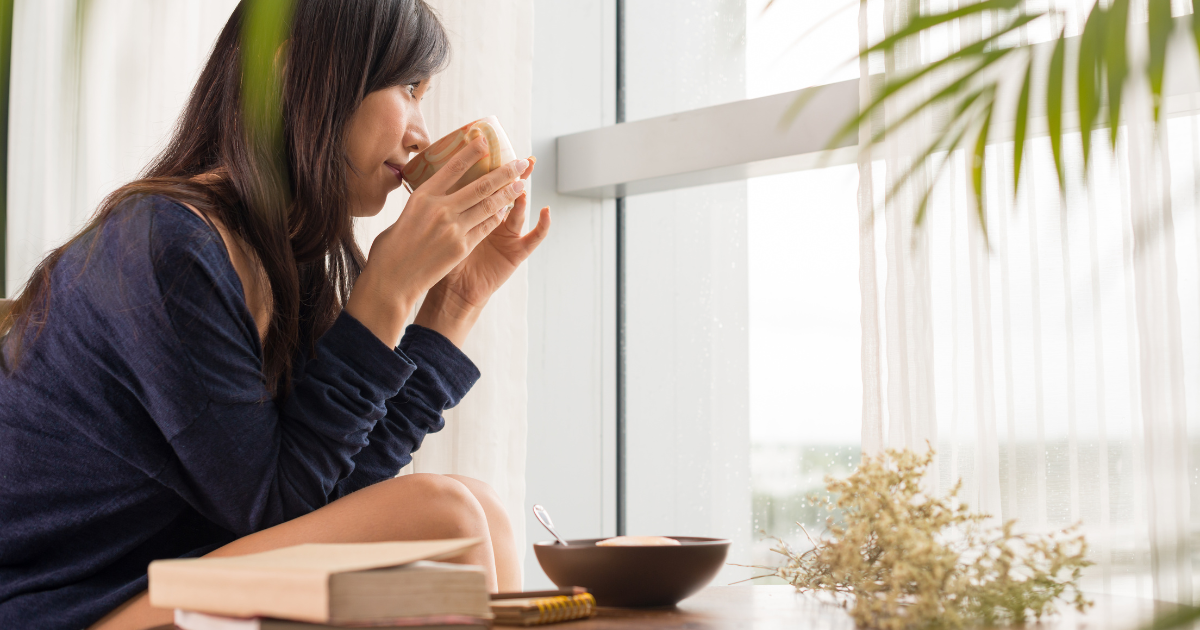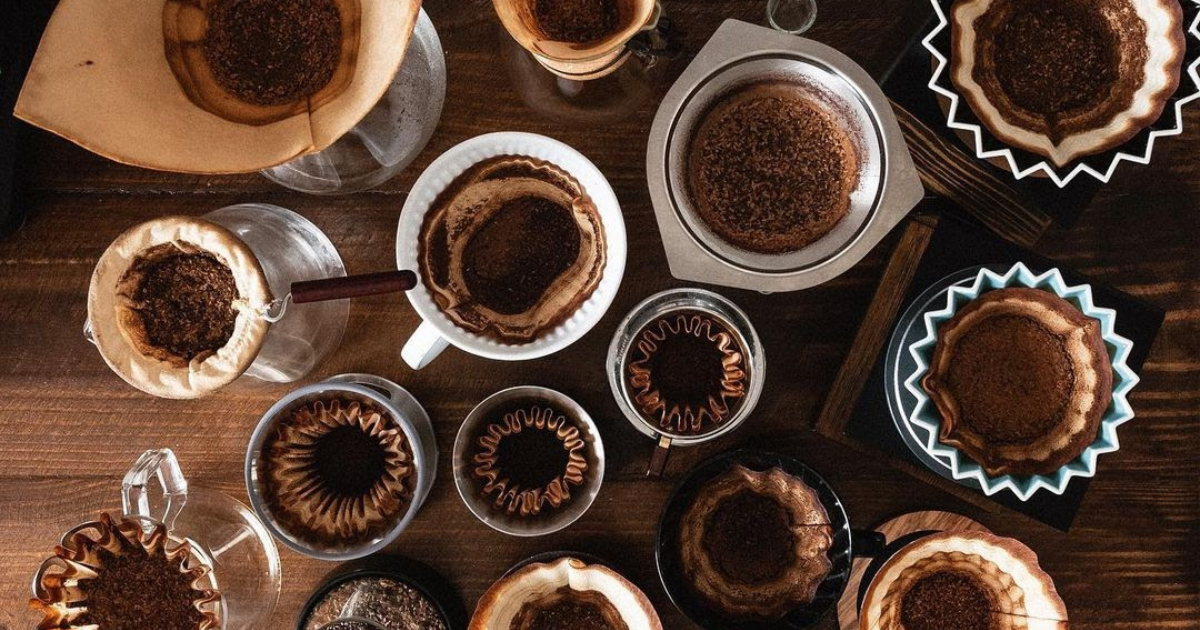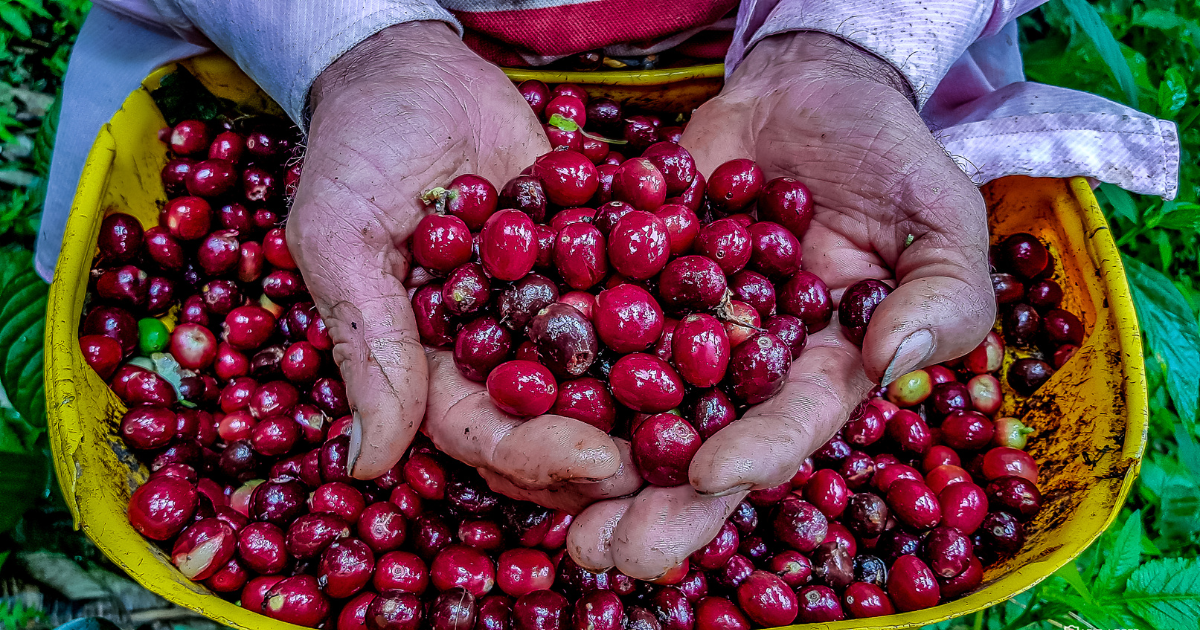
Not all coffee is created the same. In fact, there’s a strong link between coffee’s origin and its overall quality. Coffee beans from different regions each have their own unique flavor, which means sourcing coffee from one region versus many makes a difference.
At Caffe Luxxe, we are highly committed to providing the best coffee on the market for our partners and our caffe customers. This means sourcing coffee from top-tier locations around the world – and understanding the value of a single-origin product.
If you’re a regular coffee drinker, you’ve probably seen the term ‘single-origin’ when searching for new coffees… but what does it actually mean?
Here’s what you need to know about single-origin coffee, either as a first time coffee drinker or an experienced connoisseur.
What Is “Single-Origin” Coffee?
Single-origin coffee has only been sourced from one country of origin, rather than a blend of beans from different countries. Depending on which coffee producer you’re buying from, this term can mean coffee sourced from a specific country, region, or even a single farm.
Caffe Luxxe has a rotating collection of single-origin coffees depending on the season, but currently it has two single-origin coffees in its collection as of this writing. One is a classic medium-body from Guatemala, while the other is a fruity, floral option from Ethiopia.
But why does source location matter?
There are several geographical factors that influence coffee production. Most coffee is grown in tropical climates, but the exact temperature and humidity levels in the area will affect the overall quality of the coffee.
Soil also affects the taste and quality of your coffee. Coffee plants are very sensitive, and they need soil that’s consistently moist with a low pH content in order to thrive. However, too much moisture can damage the coffee plants, so they usually aren’t grown in areas with heavy rainfall.
Altitude is another key factor. In general, coffee grown at high altitudes is of higher acidity and features more varied flavors.
How Coffee Origin Affects Flavor
As you drink your favorite coffee, you likely notice all of the rich, unique flavors present in the beverage. Your coffee’s origin and its flavor profile are closely linked for several different reasons:
(1) Local Coffee Varietals
There are hundreds of different coffee varieties grown around the world. These different varieties thrive in different climates and have their own unique characteristics that affect their flavor.
Most coffee varieties are derived from two main species, Arabica and Robusta. Arabica varieties tend to be sweet with notes of fruit or chocolate, while Robusta varieties are much more bitter. Liberica is a much rarer coffee species that is known for its smoky and floral notes.
Coffee varieties within the same species often have significantly different flavor profiles. For example, Bourbon and Catuai are both varieties in the Arabica family, but Bourbon is known for its rich taste while Catuai is much more fruity.
(2) Different Coffee Processing Methods

The way your coffee is processed also affects its overall flavor. Coffee cherries are either harvested by machine or selectively picked by hand. From there, the cherries are processed in one of a few different ways, which ultimately impact the flavor of the coffee.
The most common coffee processing methods include…
-
Wet: In a wet processing method, coffee beans are sorted and de-pulped, then fermented and washed in a large tank. This removes the mucilage, which is a sticky layer that surrounds the center of the bean, resulting in a light, crisp taste.
- Dry/Natural: This is a traditional processing method that results in a rich, fruity flavor. Dry-processed coffees are sorted for quality and then left to dry in the sun for several weeks, which causes them to ferment.
- Honey: This is a newer method that combines aspects of dry and wet processing. The berries are de-pulped first, then left to dry rather than being washed in a large tub. Since the mucilage is left on, the beans have a sweet and acidic taste.
- Wet-Hulled: This processing method is popular in humid climates that don’t support natural drying methods. The beans are sorted and de-pulped, then left to ferment in a tank rather than being washed. Machines remove the mucilage after the fermentation process. Wet-hulled coffees tend to be savory and nutty.
(3) Coffee Roasting Techniques
Roasting is the final step of the coffee-making process, and it also affects the way the coffee tastes. The four general roast categories are light, medium, medium-dark, and dark. These categories reflect the length of time the beans are roasted as well as the internal temperature they reach.
The darker the roast, the richer and more full-bodied the coffee will be.
Reasons to Shop Single-Origin Coffee

There are many different types of coffee on the market today, but single-origin coffee stands out for a variety of reasons.
Quality
Single-origin coffee beans are usually hand-picked for quality and roasted with a specific flavor profile in mind. This is not to say that single-origin coffees are always of high quality or that they are better than other coffees. However, there is certainly something fascinating to be said for coffee that comes from a single, specific location.
Sustainability
Sustainability is top of mind for many coffee enthusiasts these days. Many large-scale coffee brands produce large volumes of waste while growing and transporting your coffee. In fact, it’s estimated that the coffee industry produces around 20 million tons of waste each year.
Single-origin coffees tend to be made by small growers or cooperatives and use more environmentally-friendly techniques since many of their farming practices are all done by hand. When possible, look for locally-grown single-origin coffees to cut back on waste.
Traceability
You should know exactly where your coffee beans come from. Not only does this tell you more about the bean itself, but when you know where your coffee comes from, you can also determine whether or not it’s being sourced using ethical labor practices.
Because single-origin coffee comes from one location, it’s much easier to trace your coffee’s journey from start to finish and learn more about the region.
Cultural Value
Coffee is an integral part of many cultures around the world. When you drink single-origin products, you have the opportunity to learn about the cultural value of coffee, which enhances the coffee-drinking experience. Through these coffee flavors, you’re building a connection with other coffee lovers around the world.
Uniqueness
Many coffee enthusiasts are always on the hunt for unique new brews to try. Single-origin coffees offer unique flavor profiles that you are unlikely to find from a run-of-the-mill blend. This is because the original qualities of the bean are less likely to be altered.
Ready to Give Single-Origin a Try?

When selecting a new coffee to try, don’t overlook its origin. Where your coffee comes from will affect its taste, and single-origin coffees offer unique, high-quality flavors.
Voted L.A.’s most-beloved caffe, Caffe Luxxe is committed to sourcing the best coffee products from premier locations around the world. We work with family-run farms and have a commitment to sustainable business practices, and you’ll truly taste the love in every cup.
Are you a business owner looking to offer more sustainable coffee products? Reach out to book a consultation with the Caffe Luxxe team today.
If you’re a coffee lover looking to expand your flavor profile, be sure to browse the full list of Caffe Luxxe coffee products and visit our L.A.-area caffes.
